Are you considering adding LED puck lights to your home or workspace? LED puck lights are versatile, energy-efficient, and provide focused illumination, making them an excellent choice for various applications. However, determining the number of LED puck lights you need can be a bit challenging, especially if you are unsure about the factors to consider. In this article, we will guide you through the process of determining the ideal number of LED puck lights for your specific requirements. Let's dive in!
Table of Contents
- Introduction: The Benefits of LED Puck Lights
- Understanding Your Lighting Needs
- Calculating Light Output
- Determining Coverage Area
- Considering Light Spacing
- Selecting the Right Color Temperature
- Accounting for Dimming Options
- Factoring in Power Source and Wiring
- Estimating the Number of LED Puck Lights
- Installation Tips and Recommendations
- Maintaining and Troubleshooting LED Puck Lights
- Conclusion
- FAQs
- Can LED puck lights be used outdoors?
- Are LED puck lights dimmable?
- Can LED puck lights be hardwired?
- What is the lifespan of LED puck lights?
- How do I install LED puck lights?
1. Introduction: The Benefits of LED Puck Lights
LED puck lights are compact and versatile lighting fixtures that offer numerous benefits over traditional lighting options. They are commonly used to provide focused task lighting in areas such as under cabinets, display shelves, closets, and workspaces. Here are some advantages of using LED puck lights:
- Energy Efficiency: LED technology is highly energy-efficient, consuming significantly less power than traditional lighting sources.
- Long Lifespan: LED puck lights have an extended lifespan, reducing the need for frequent replacements.
- Versatility: These lights come in various shapes, sizes, and finishes, allowing them to blend seamlessly with different interior styles.
- Directional Lighting: LED puck lights emit directional light, making them ideal for highlighting specific areas or objects.
- Dimmable Options: Many LED puck lights offer dimming capabilities, allowing you to adjust the brightness according to your preferences.
- Easy Installation: With their compact size and simple mounting options, LED puck lights are easy to install.
2. Understanding Your Lighting Needs
Before determining the number of LED puck lights required, it's essential to assess your specific lighting needs. Consider the purpose of the lighting, the desired ambiance, and the tasks you want to accomplish in the illuminated area. This assessment will help you determine the appropriate light intensity and coverage required.
3. Calculating Light Output
To calculate the light output needed for your space, you can use a simple formula. Multiply the length (in feet) by the width (in feet) of the area you want to illuminate. Then, multiply the result by the desired foot-candles (light intensity) for that space. Divide the product by the lumens output of a single LED puck light to obtain the approximate number of lights required.
Let's say you have a kitchen countertop area that measures 10 feet in length and 2 feet in width. You want to achieve a light intensity of 40 foot-candles in this space.
Step 1: Calculate the area of the space. Area = Length × Width Area = 10 feet × 2 feet Area = 20 square feet
Step 2: Determine the desired light output in lumens. To achieve a light intensity of 40 foot-candles, we need to convert this measurement to lumens. The conversion factor varies depending on the type of space and the desired brightness. Let's assume that each square foot requires 20 lumens for our example. Desired Light Output = Area × Lumens per square foot Desired Light Output = 20 square feet × 20 lumens per square foot Desired Light Output = 400 lumens
Step 3: Find the lumens output of a single LED puck light. Check the specifications of the LED puck light you intend to use. Let's assume that the selected puck light has a lumen output of 200 lumens.
Step 4: Calculate the number of LED puck lights required. Number of LED Puck Lights = Desired Light Output ÷ Lumens output of a single LED puck light Number of LED Puck Lights = 400 lumens ÷ 200 lumens Number of LED Puck Lights = 2
In this example, you would need two LED puck lights to achieve a light intensity of 40 foot-candles on your kitchen countertop area.
4. Determining Coverage Area
The coverage area refers to the surface that will receive adequate illumination from the LED puck lights. Depending on the purpose and layout of the space, you may need to focus the lights on specific areas or ensure even distribution throughout the room. Consider the size, shape, and height of the coverage area to determine the optimal placement and number of lights.

5. Considering Light Spacing
Proper spacing between LED puck lights is crucial to achieve uniform lighting and prevent any dark or overlit spots. As a general rule, aim for a spacing of around 12 to 18 inches between each light. However, this can vary based on factors such as the light output, the desired brightness level, and the layout of the space. Experimenting with different spacing options can help you find the perfect balance.
6. Selecting the Right Color Temperature
LED puck lights come in different color temperatures, ranging from warm white to cool white. The color temperature affects the ambiance and mood of the illuminated area. Consider the purpose of the space and the desired atmosphere when selecting the color temperature. Warm white (2700K-3000K) creates a cozy and inviting feel, while cool white (4000K-5000K) provides a more vibrant and energetic ambiance.
7. Accounting for Dimming Options
If you prefer the flexibility to adjust the brightness of your LED puck lights, consider opting for dimmable models. Dimming capability allows you to create various lighting scenarios, from bright task lighting to subtle accent lighting. Ensure that your chosen LED puck lights are compatible with the dimmer switches you plan to use.
8. Factoring in Power Source and Wiring
LED puck lights can be powered in different ways, including hardwiring, plug-in, or battery-operated options. Consider the availability of power sources in your intended installation area. If you prefer a clean and seamless look, hardwiring the lights may be the best option. Alternatively, if accessibility to power sources is limited, battery-operated or plug-in options provide convenience and flexibility.
9. Estimating the Number of LED Puck Lights
Based on the calculations from earlier and considering the coverage area, light spacing, and your specific lighting needs, you can estimate the number of LED puck lights required. It's advisable to add a few extra lights to account for any potential shadowing or uneven illumination. Additionally, consider the availability of power outlets and wiring constraints during this estimation process.
10. Installation Tips and Recommendations
When installing LED puck lights, follow these tips for optimal results:
- Carefully plan the placement and spacing before starting the installation.
- Use a level to ensure the lights are installed straight and aligned.
- Clean the mounting surface thoroughly to ensure proper adhesion.
- Follow the manufacturer's instructions for wiring and connection methods.
- Test the lights before completing the installation to verify functionality.
11. Maintaining and Troubleshooting LED Puck Lights
LED puck lights are low-maintenance, but periodic cleaning is necessary to maintain their performance and appearance. Use a soft cloth and mild detergent to clean the lights, and avoid using harsh chemicals or abrasive materials that can damage the surfaces. If you encounter any issues with your LED puck lights, refer to the manufacturer's troubleshooting guide or contact their customer support for assistance.

Conclusion
LED puck lights offer a versatile and energy-efficient lighting solution for various applications. By assessing your lighting needs, calculating light output, considering coverage area and spacing, selecting the right color temperature, accounting for dimming options, and estimating the number of lights required, you can make an informed decision about the quantity and placement of LED puck lights in your space. Enjoy the enhanced illumination and aesthetic appeal that these compact lighting fixtures bring to your environment!
FAQs
-
Can LED puck lights be used outdoors?
- While some LED puck lights are specifically designed for outdoor use, not all models are suitable for exposure to the elements. Ensure that the lights you choose are rated for outdoor applications if you intend to use them outside.
-
Are LED puck lights dimmable?
- Many LED puck lights come with dimming capabilities, allowing you to adjust the brightness to your preference. However, not all models offer this feature, so check the product specifications before purchasing.
-
Can LED puck lights be hardwired?
- Yes, LED puck lights can be hardwired for a clean and seamless installation. Hardwiring requires connecting the lights directly to a power source via wiring.
-
What is the lifespan of LED puck lights?
- LED puck lights have an impressive lifespan, typically ranging from 30,000 to 50,000 hours or more, depending on the quality of the lights and usage conditions.
-
How do I install LED puck lights?
- The installation process may vary slightly depending on the specific model and mounting method. However, in general, LED puck lights can be installed by cleaning the mounting surface, attaching the lights using adhesive or screws, and connecting them to the power source according to the manufacturer's instructions.







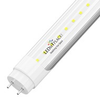

































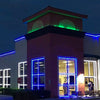




















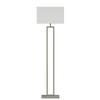



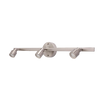





















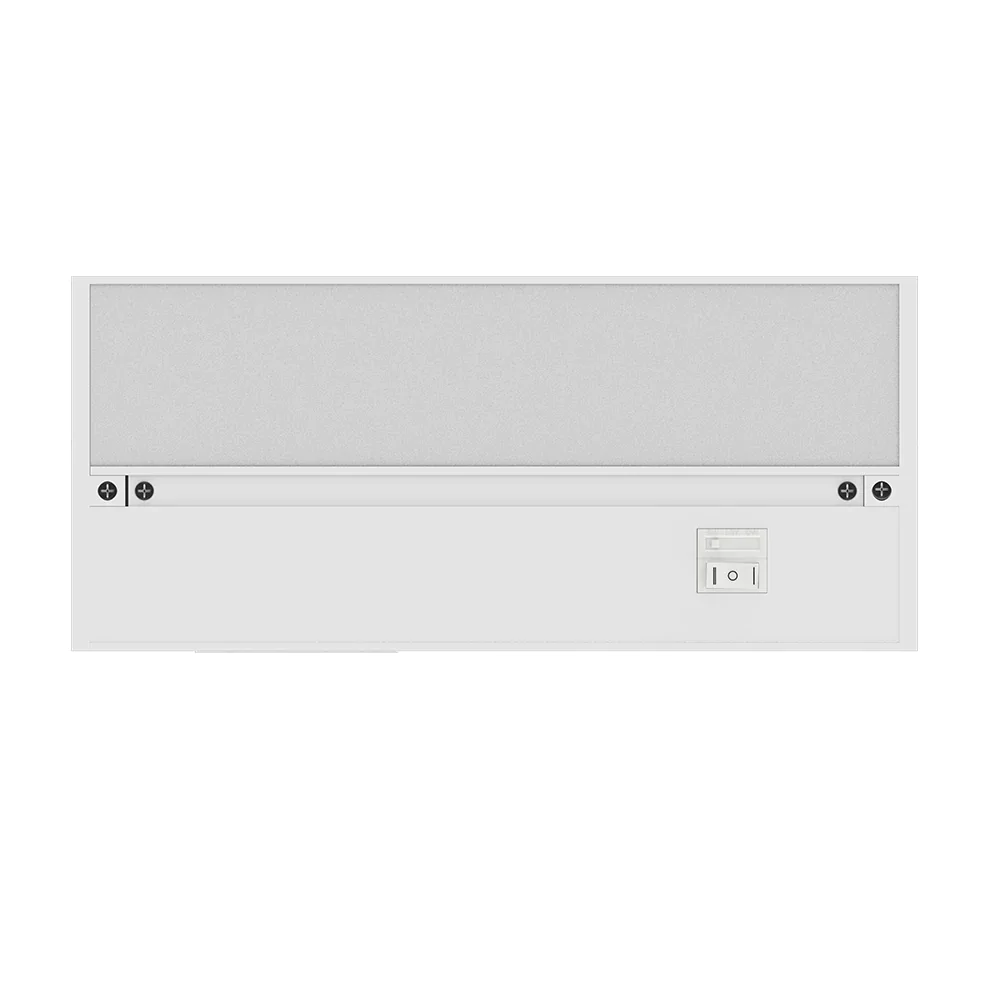
1 comment
Great article except for one little thing… No One Has Any Concept Of What Their Desired Light Intensity Equates To In Foot-Candles. You refer to 40 foot-candles several times but you give No indication as to if this should be considered dim, average, or bright lighting. You should add some sort of comparison; i.e. four 60W incandescent bulbs on a ceiling fan would illuminate a 12×12 room to approximately XX foot-candles. Just my 2 cents.